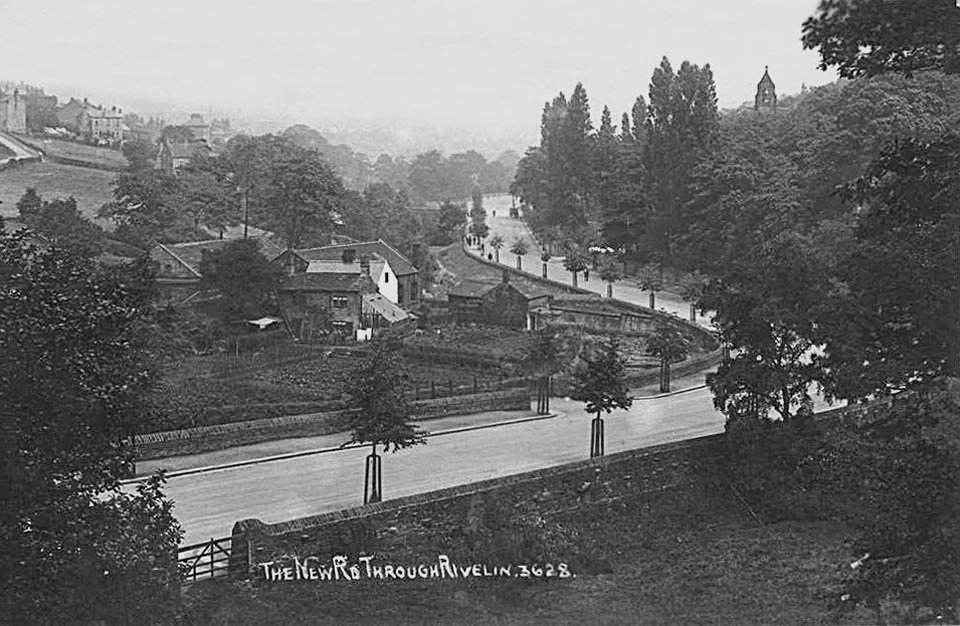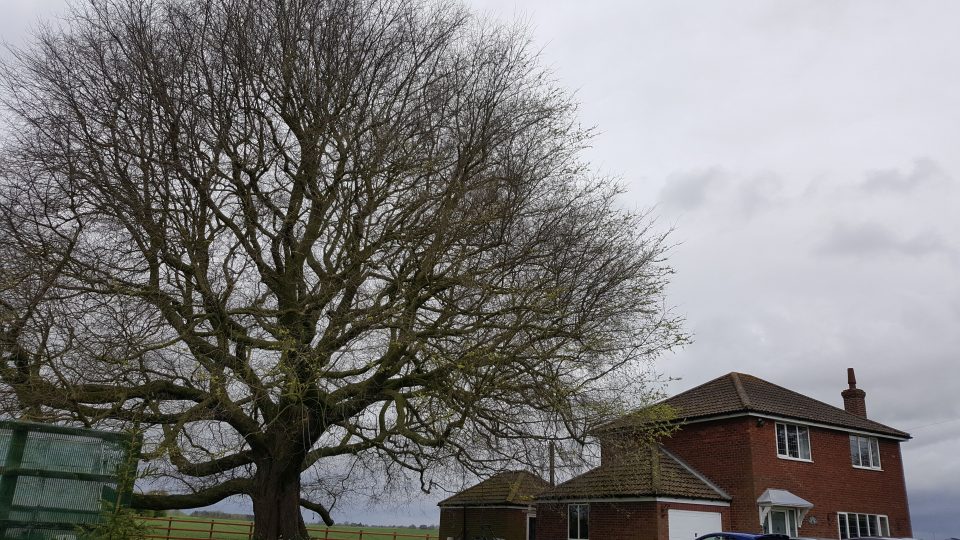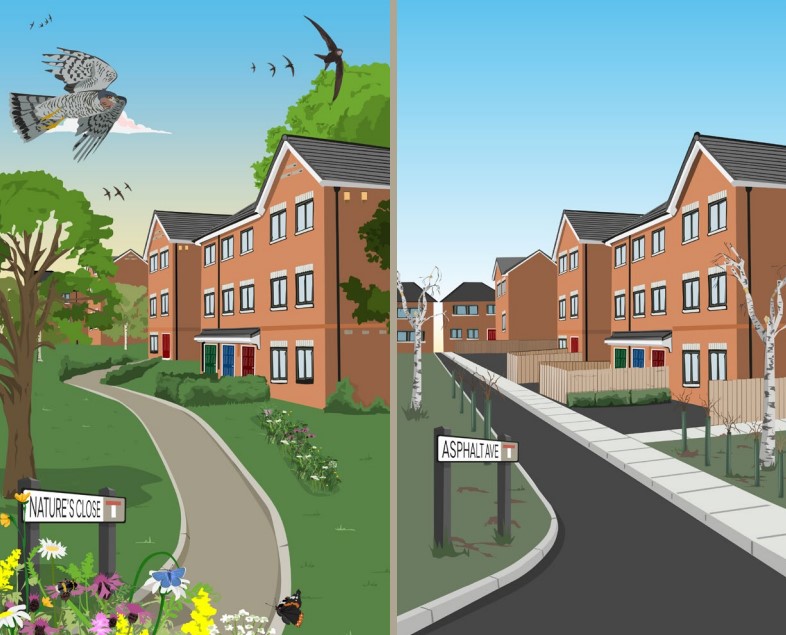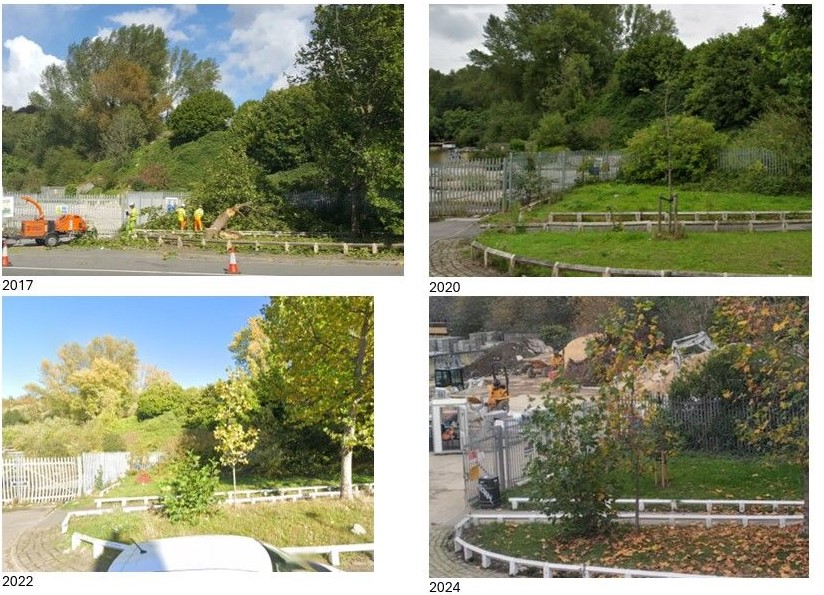Dyngus Day and the Willow Tree
15th March 2014
The Emotional Life of the Arboricultural Consultant
16th July 2014Asleep with our Arboreal Ancestors

Now I’m the king of the swingers
Oh, the jungle VIP
I’ve reached the top and had to stop
And that’s what botherin’ me
Despite our predominantly urban existence we still feel great connectedness and strong emotional bonds towards trees. It has been suggested that this positive emotional response is, in part, hard-wired. Millions of years of evolution have left us with a partly genetic predisposition to respond positively to trees. Interestingly, this connection to our arboreal origins can still be demonstrated today, as we fall asleep, in what is termed ‘hypnic jerks’.
Hypnic jerks are phenomenon most of us have experienced at least a few times, often when very tired or exhausted. As we lay down to sleep, a part of the brain called the reticular formation sends a signal down the spine that causes muscles to relax, and we quickly fall into a deep slumber – only to be suddenly awoken with a jump and slight muscle twitch – often immediately preceded by a brief sensation of falling. They are a common and generally harmless experience, occurring in all sexes and ages to about 70% of the population.
What has this got to do with our relationship with trees? Well, hypnic jerks have been explained as an ancient reflex to the relaxation of muscles during the onset of sleep for tree dwelling primates – the brain essentially misinterprets the sudden relaxation as a sign that the sleeping primate is falling out of a tree and so causes the muscles to quickly react and to awaken. The hypnic jerk reflex is likely to have had selective value by having the sleeper readjust their sleeping position in a nest or on a branch, in order to assure that a fall did not occur.
Chimpanzees and bonobos, our nearest relatives, sleep in trees, and it’s easy to see why falling too deeply into slumber when in a tree may not be wise. Our early human ancestors also probably slept in trees. All the early hominids were bipedal, but all also retained features of a climbing anatomy (robust fore limbs and long arms relative to femur length). This climbing anatomy is linked to living and sleeping in trees, and there is no evidence to suggest that our early ancestors had given up on this sleeping arrangement. The switch from arboreal to ground sleep, what’s termed the ‘tree-to-ground sleep transition‘, did not begin until the arrival of Homo erectus, about two million years ago.
Falling out of a tree was an event that our early ancestors did not easily forget, and we still haven’t. Without being consciously aware of it, as we doze too deeply, in the safety of our modern beds, hypnic jerks provide us with a sudden reminder of our earlier, more ape-like way of life.
Read more on if we are hard-wired to love trees?





